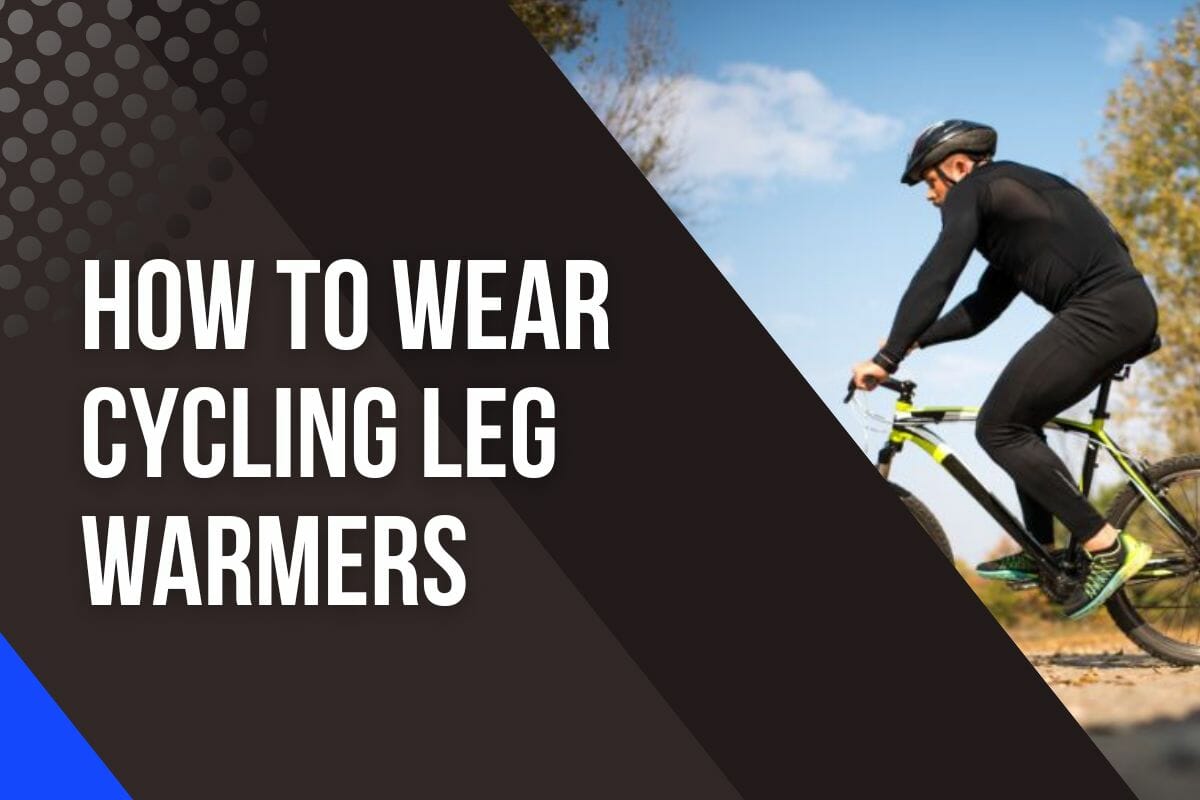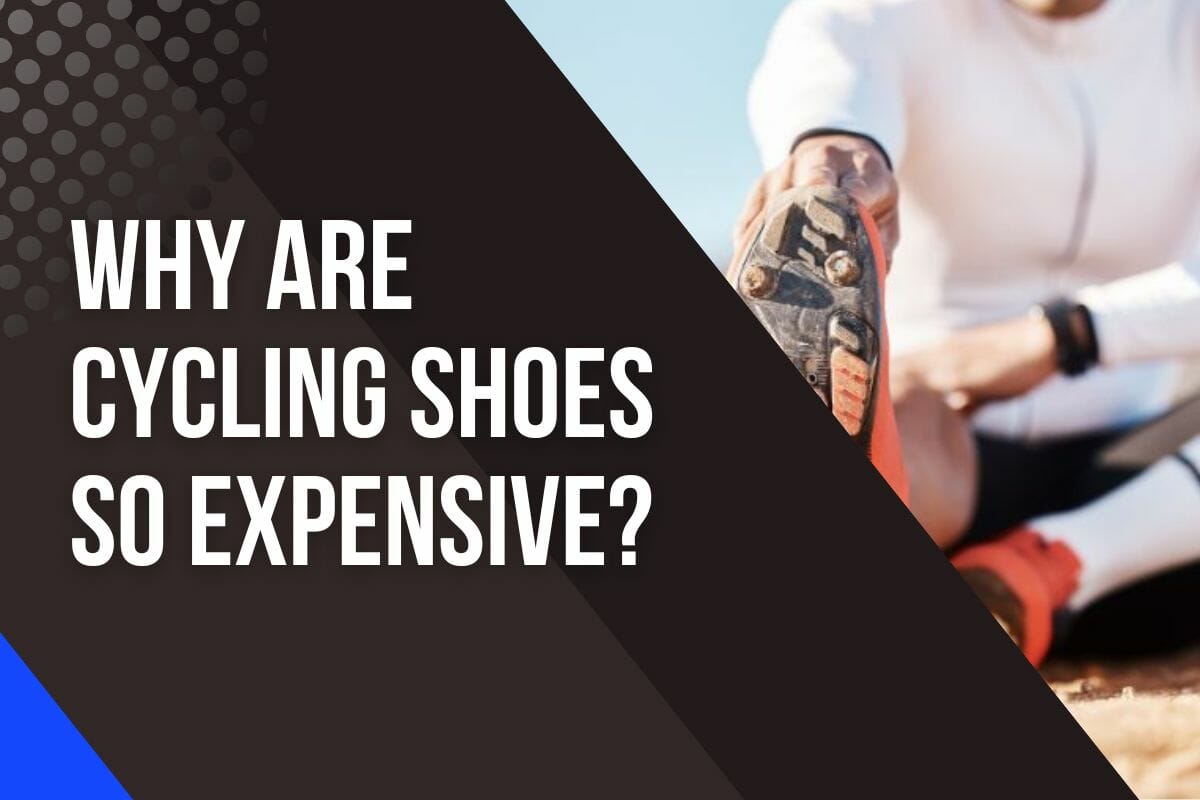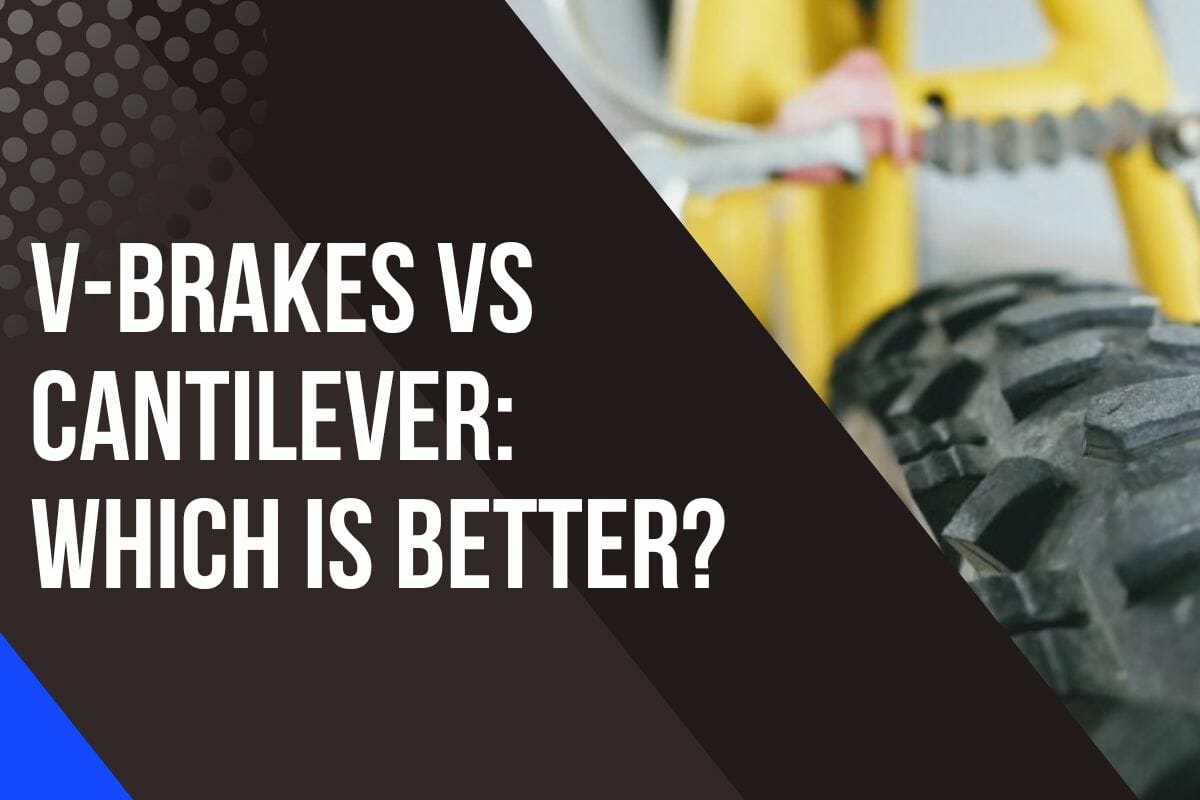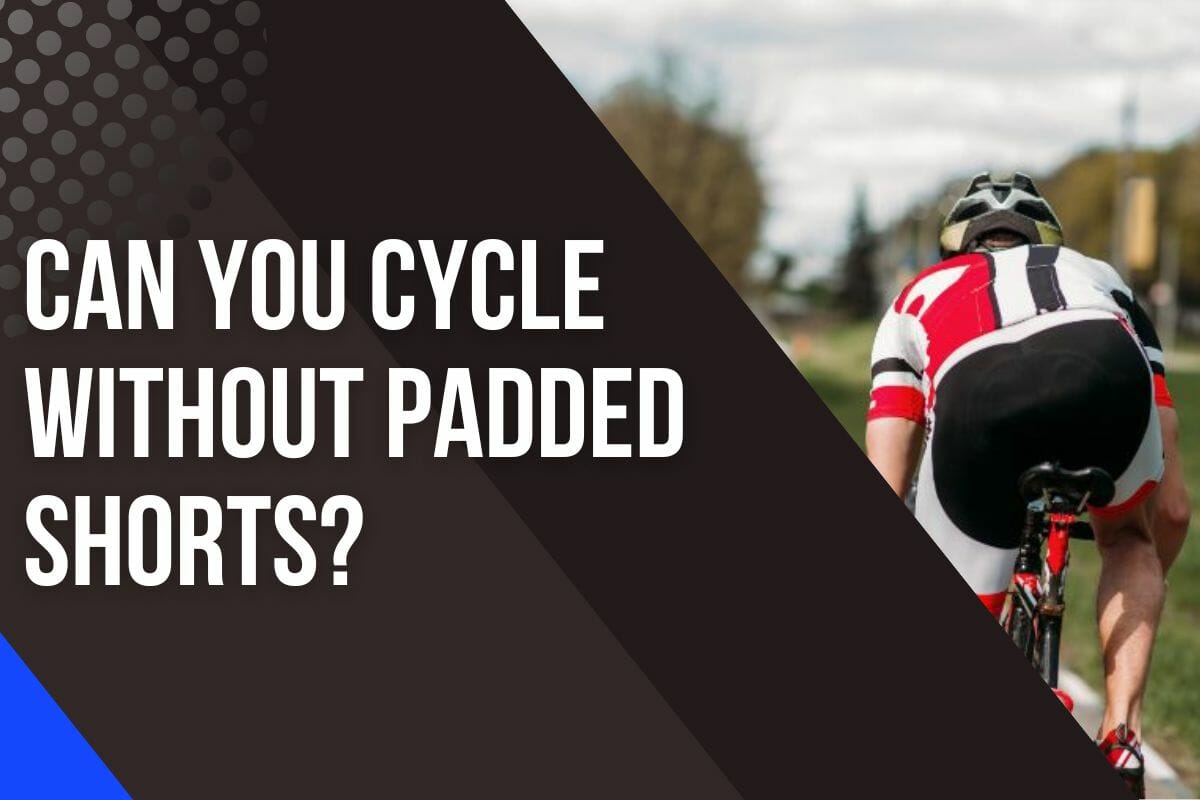How To Wear Cycling Leg Warmers

Do you often find yourself on the bike in colder temperatures, not quite sure how to stay warm and comfortable?
Leg warmers are a great cycling accessory for those in-between temperature days, but how do you wear them?
In this article, we’ll discuss all the ins and outs of leg warmers: what they are, why they’re so useful, what to look for when shopping for them, and finally how to wear and layer your leg warmers to maximize warmth and comfort.
So, grab your favorite cup of coffee, and let’s get started!
What Is Leg Warmer?
Leg Warmers are garments that provide extra insulation and protection for the lower legs.
They typically extend from the ankle to just below the knee, although some styles may go up to the thigh.
A variety of materials such as wool, nylon, lycra spandex, or blends are used in their construction.
They have been popular amongst cyclists since the 1980s when they were first introduced.
How To Wear And Layer Leg Warmers For Cycling
To get the best fit and ensure that your leg warmers stay securely in place, start by wearing a pair of normal cycling socks.
Next, fold up the shorts around your knee joint and pull on the leg warmers. Make sure the rubber gripper band at the top is sitting just above your mid-thigh.
Then, fold down the shorts back to their original position. Finally, make sure there is a good overlap between each pair of warmers.
Cycling leg warmers are a great way to keep your legs protected and insulated during cold weather rides.
They’re easy to layer over tights, shorts, or base layers, depending on the temperature outside.
It’s important to purchase leg warmers that fit snugly around your calf muscles without being too tight or loose.
If you want full leg coverage and maximum warmth, you have a few choices.
Bib tights with braces will do the trick, or you can opt for shorts with padding. For those who don’t want to compromise on fit, wearing a bib-short with Roubaix lining, plus knee warmers, is an ideal combination that offers flexibility.

You can either wear knee warmers or not, depending on the weather.
And you don’t have to worry about getting soaked in the rain either. Many brands now offer water-resistant tights and warmers, like Castelli’s Nanoflex leg and knee tights.
So, you can brave the cold and wet weather with confidence!
This combination will provide excellent insulation against frigid winter winds and chillier temperatures making it easier to maintain optimal performance levels throughout your ride!
The Secret To Staying Cozy All Season
Warmers are an essential piece of gear for any cyclist who rides in colder weather.
There are many benefits and advantages to wearing them, not only do they provide comfort but also protection from the elements.
They’re incredibly versatile and can help you stay comfortable in all kinds of weather.
Here’s why cycling leg warmers are so useful:
- On a warm summer day, they can provide some extra layer of protection against the sun’s rays.
- When the temperature drops, they can add warmth and comfort to those chilly morning rides
- They offer some protection against the wind and rain: Cycling leg warmers act as a barrier between you and the elements, providing extra warmth while blocking out wind chill and light precipitation
- They provide flexibility for changing conditions: If it starts to get too hot, simply roll up your leg warmers and put them away until you need them again – no more fussing with bulky layers of clothing!
The material is designed to be lightweight and breathable which helps regulate body temperature by keeping heat close to your skin while allowing moisture out.
This makes them ideal for cool weather rides where you don’t want bulky clothing getting in your way.

There are many different types of cycling leg warmers available, with each offering its unique benefits depending on what kind of ride you’re going on.
For example, windproof varieties feature an outer fabric shell that blocks chilly winds and raindrops during outdoor rides.
When Is The Best Time To Wear Leg Warmers?
Leg warmers are incredibly useful for cyclists in a variety of weather conditions, but knowing when to wear them is key.
Generally speaking, cycling leg warmers should be worn at temperatures between 10 and 15 degrees Celsius (50-59°F).
However, depending on the wind chill factor or other weather conditions you might need to adjust accordingly.
Any colder and I opt for padded cycling tights or bib tights instead.
For example, if it’s sunny outside with no wind chills then you can probably get away with not wearing your leg warmers until the temperature dips below 10 degrees Celsius (50°F).
On the flip side, if there’s a strong headwind then you may want to put your leg warmers on as soon as the temperature drops below 12 degrees Celsius (54°F) even though technically they wouldn’t be necessary yet.
Want to know how to remove your warmer on the bike? Watch the below video.
I usually put on my warmers before I leave home and take them off once I reach my destination.
That way, my knees stay warm during the ride but don’t overheat once I stop.
However, depending on the range of temperatures you’re likely to encounter during a ride, sometimes it’s better to keep them in your bag and just put them on as needed.
Always remember that how much protection you need depends largely on how comfortable you feel while riding.
Your body will tell you what type of clothing combination works best so pay attention to what it has to say and use your judgment.
After all, staying safe and feeling comfortable while out cycling is paramount above all else.
Socks Under Or Over The Leg Warmers?
If you choose to wear your socks over the leg warmers, make sure that they fit snugly and won’t create any bunching underneath them.
The extra layer of fabric may help keep your feet warm while riding in colder temperatures.
Having a tight-fitting sock can add an extra element of comfort by helping reduce friction between your skin and the leg-warmer material.
Alternatively, if you opt for wearing socks underneath your leg warmers, there’s no need to worry about having a tight fit since all layers will be hidden beneath the warmth of the leg warmer.

This option also gives you more control over how much coverage you want on your shin so you can adjust as needed depending on weather conditions.
However, some riders might find this uncomfortable because of increased friction against their skin from multiple layers of fabric.
Ultimately, it’s up to personal preference when choosing whether to wear socks above or below cycling leg warmers – just make sure whatever option you decide fits comfortably and provides adequate protection from cold temperatures.
Which Is Better? Leg Warmers Or Bib Tights?
Leg warmers are a great option for those who want to stay comfortable and protected during cool weather rides without investing in separate pieces of clothing or a full set of bib tights.
They offer protection from wind chill as well as plenty of breathabilities, so you won’t get too hot while riding.
Plus, they’re easy to take on and off when temperatures change throughout the ride.
However, because they only cover your legs, they may not provide enough warmth if you’re dealing with especially cold temps.

Bib tights, on the other hand, will keep your entire lower half cozy throughout the most frigid rides — perfect for those extra chilly days where leg warmers just aren’t cutting it!
They also come equipped with padding for optimal comfort in both seated and standing positions on the bike.
The downside is that these tights can be difficult to remove after a long ride and tend to be more expensive than simple leg warmers.
Also, they don’t have nearly as much flexibility when it comes to adjusting temperature easily as temperatures fluctuate throughout a ride.
My advice? Make sure you have both a pair of leg warmers and a set of bib tights in your cycling wardrobe so that you can choose the best option depending on the range of temperatures you will encounter during your ride.
Things To Consider When Shopping For Leg Warmers
When looking for the ideal cycling leg warmers, there are several key factors to consider.
Whether you’re a weekend warrior or an avid cyclist, having the right fit and features is essential for maximum comfort and performance.
Here’s what you should look for when buying leg warmers.
Fabric
Upgrade your experience with higher-quality hand and leg warmers made of Elastane and thermal fleece.
These materials make them elastic and breathable, while Italian Milano fleece offers superior sweat and humidity removal.
Outdoor enthusiasts will especially benefit from the warmth and comfort these warmers bring.
Look for fabrics with windproof and water-resistant properties, which will help keep you dry in all kinds of weather conditions.
Design
Choose from a variety of warmers featuring advanced design technologies like flexible leg openings and a compression fit that stimulates the muscles.
They fit snugly and comfortably and won’t chafe or become unpleasant over time.
Size & Fit
Opt for sizing that corresponds to your calf circumference; this ensures a proper fit without excess material bunching up around your ankles.
Consider full-length leg warmers if you plan on wearing them over shorts or tights. This provides extra coverage to keep your muscles insulated during cold rides.

Features
For nighttime riding or low-visibility weather, opt for hand and leg warmers with reflective strips, decals, or other visibility-enhancing features. This is a must for maximizing your safety.
Leg grippers are important for keeping the warmers firmly in position. These can be made of elastic, rubber, or Silicone, with the latter being the most pleasant and irritation-free material.
Zippers for the ankles help you put on and take off the warmers with ease. This is especially beneficial when you’re wearing shoes.
My Verdict
Leg warmers should fit snugly but not too tight around your legs, as this can cause discomfort while biking or running.
It’s also essential that you follow the washing instructions on the label to keep them looking good and lasting longer.
Overall, wearing cycling leg warmers is an essential piece of your cycling kit that help make your rides more comfortable and enjoyable no matter the season.
They’ll keep your calves warm when it’s chilly out, and they provide an extra layer of protection from scrapes if you take a spill on your bike.
I recommend investing in a pair of high-quality legwarmers – with proper care, they should last you many years.





